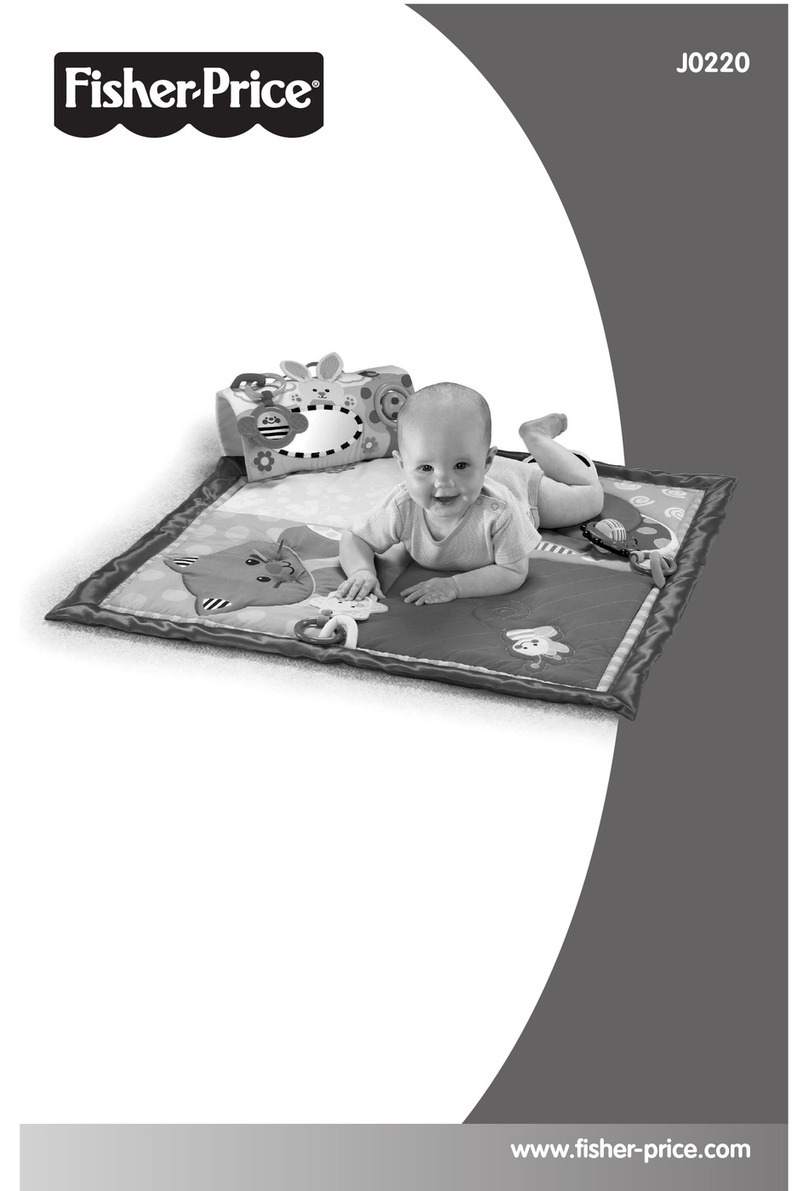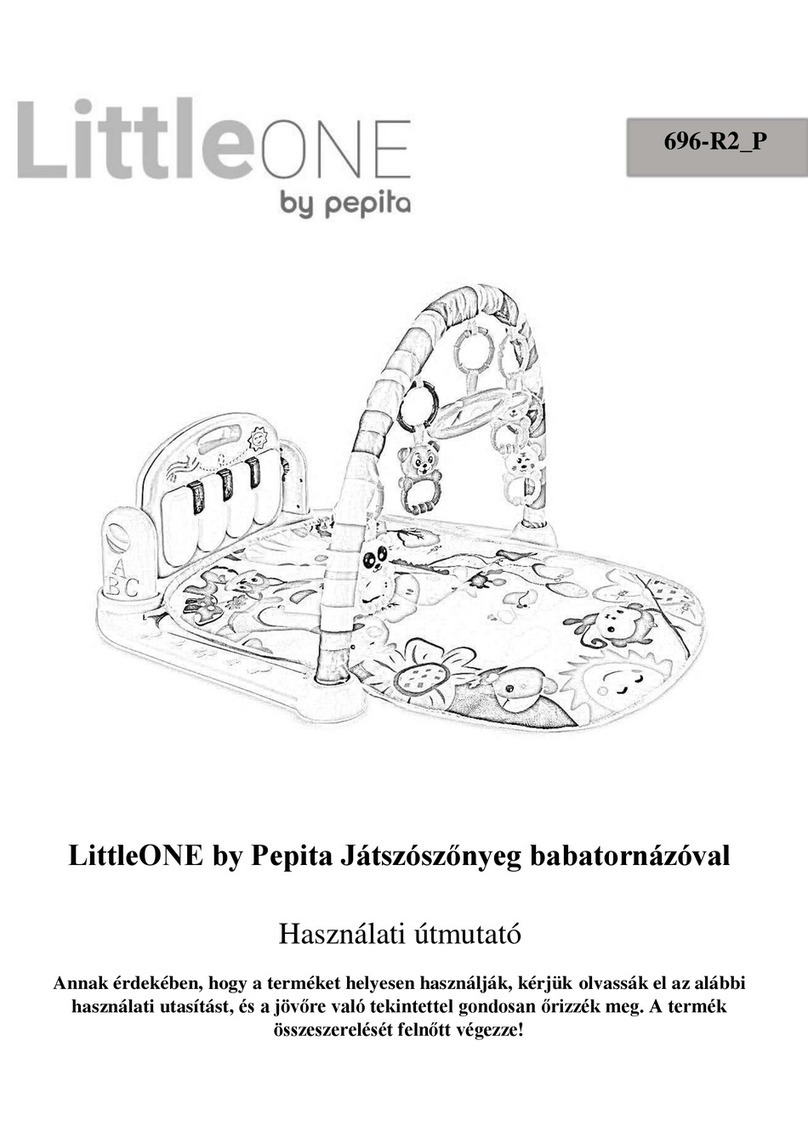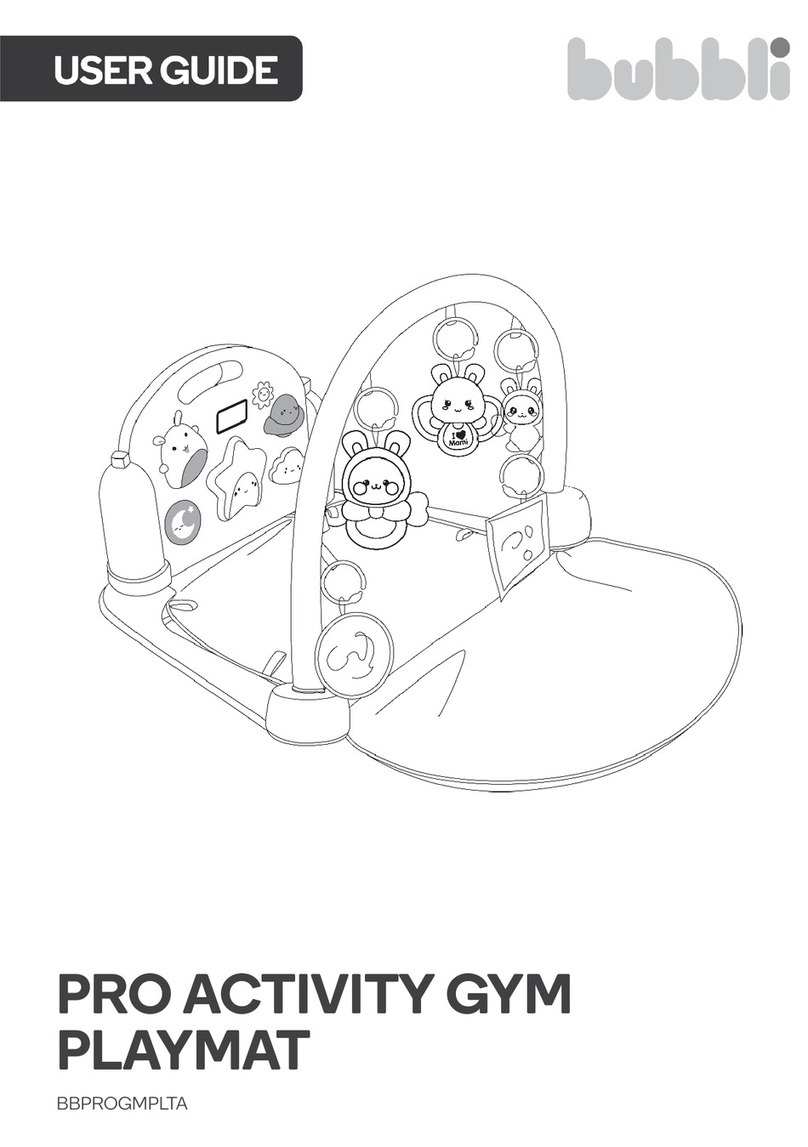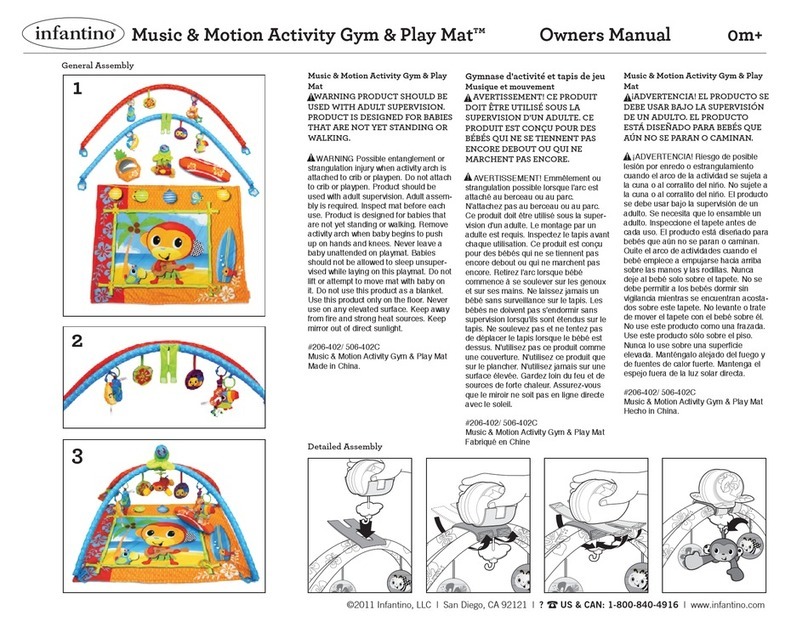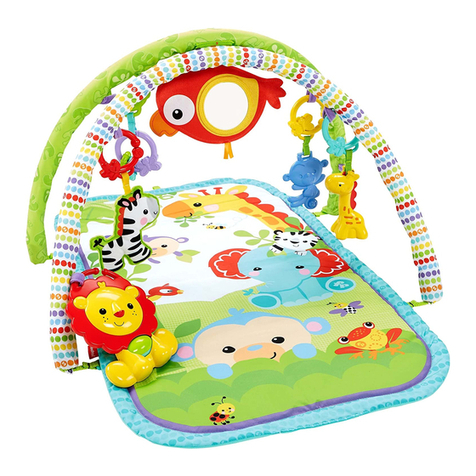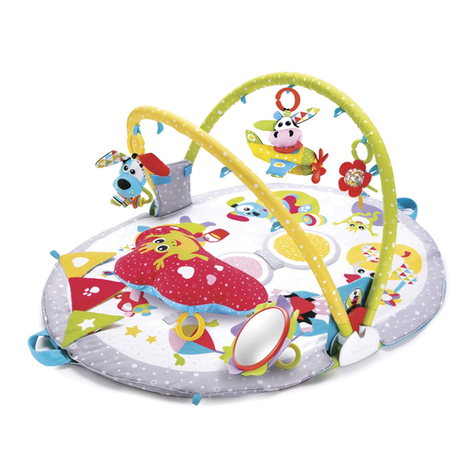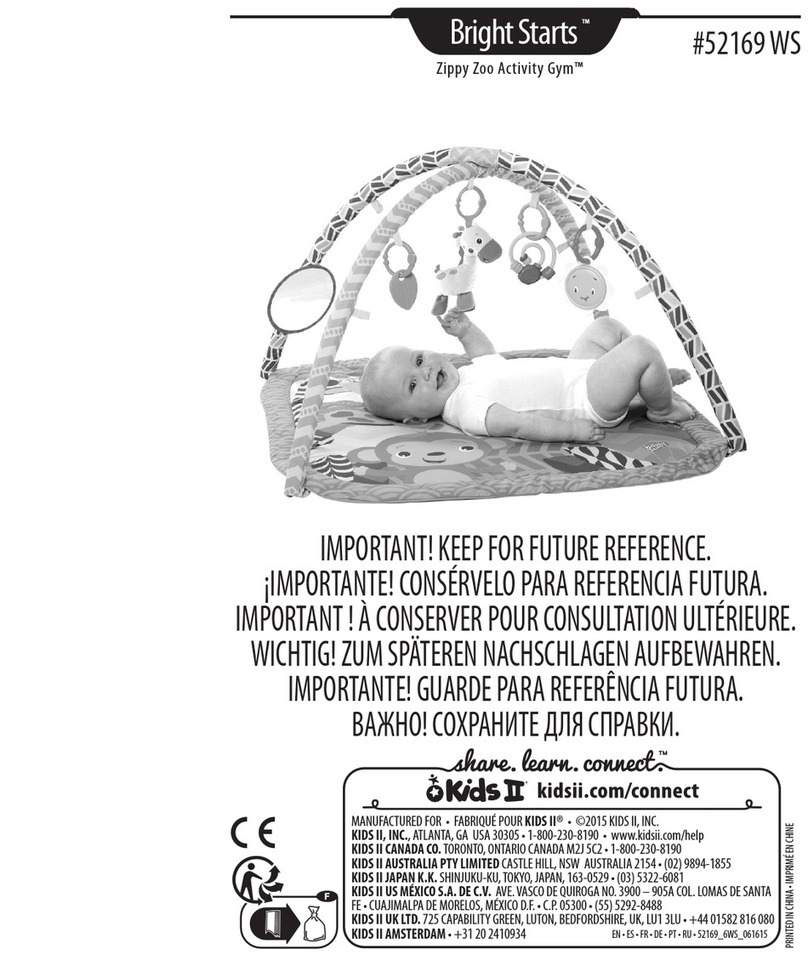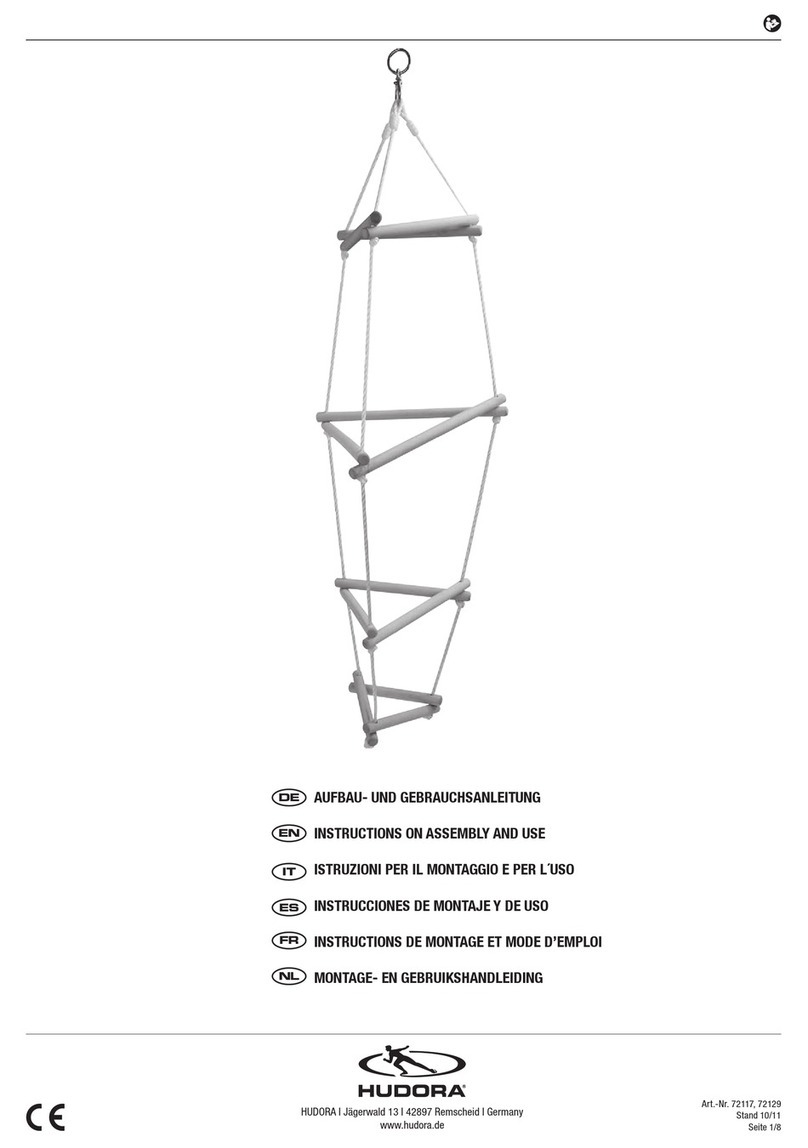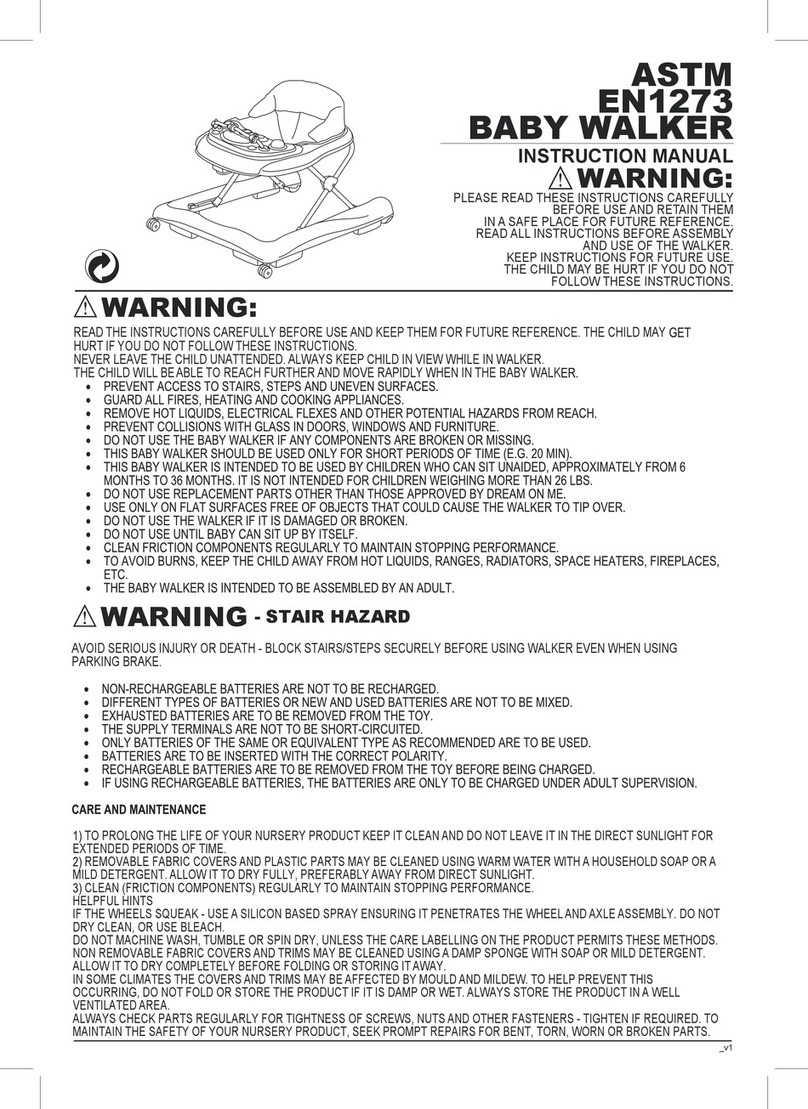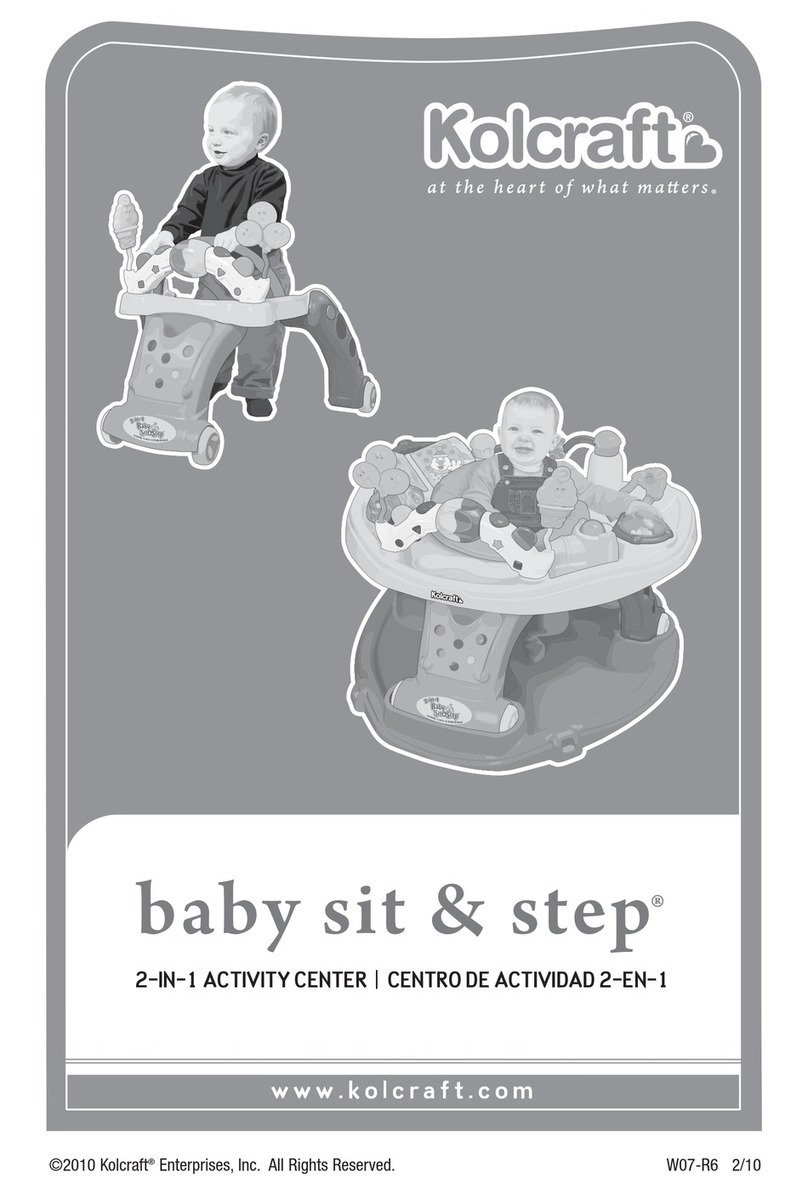
p8 Early Activity System User Manual
SECTION 08:
CLINICAL SETUP FOR POSTURAL MANAGEMENT
A typical baby’s development
Every baby comes into the world with
limited abilities. That’s why the rst
three years of a child’s life is widely
regarded as the most important period
of development1. During this time their
nervous system and senses, muscles
and joints, together with thoughts
and actions mature and learn to work
together. Generally, these skills happen
in a seamless progression. Each skill
attained provides a building block for
the next more complex skill. So for
example, a baby will learn to hold his
head up before he will learn to sit. He
will swipe randomly at toys before
learning to open his hand and pick
them up. He will focus on things close
up before he learns to turn his head
and eyes to follow moving objects.
When development is delayed
For some babies, their newborn
limitations are not easily overcome by
time alone. If a child’s development is
delayed for whatever reason, it means
he is likely to acquire skills more slowly,
or the extent to which he masters a
skill may vary. But it is very important
to remember, that regardless of
a child’s abilities, the sequence of
development follows largely the same
pattern. So head control will still come
before independent sitting, swiping
before grasping, focusing close up
before following moving objects.
The brain’s ability to change
At birth, a baby’s brain is not fully
developed. It is growing, changing and
making new connections. It is possible
that new brain cells learn to take on
the functions of damaged cells – to
some extent the brain may learn to
compensate for its damaged areas.
Therapists refer to the ability of the
brain to change as “neural plasticity”2.
However, this capacity to change slows
down as brain growth slows down. This
helps us to understand why the early
years are so important for children.
Early intervention –
benets to children and families
We now appreciate why the rst years
of a child’s life are crucial to their
overall development. However the
brain does not develop these new
connections entirely on its own.
Training and practice are also needed.
When children need extra help to
achieve developmental goals during
their rst three years, this help –
usually occupational therapy and/or
physiotherapy and/or speech therapy –
is referred to as “early intervention”.
Early intervention is supported by
many research studies which identify
its benets. For some children these
can include less irritability3-5, and
improved physical, sensory and
independence skills5,6 For some
